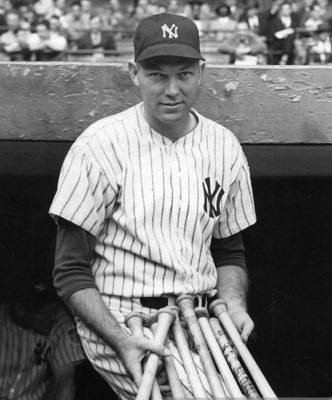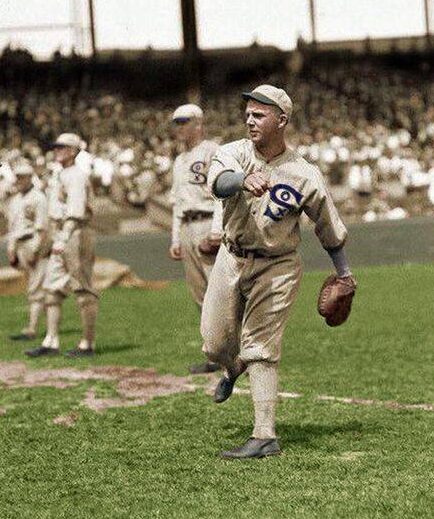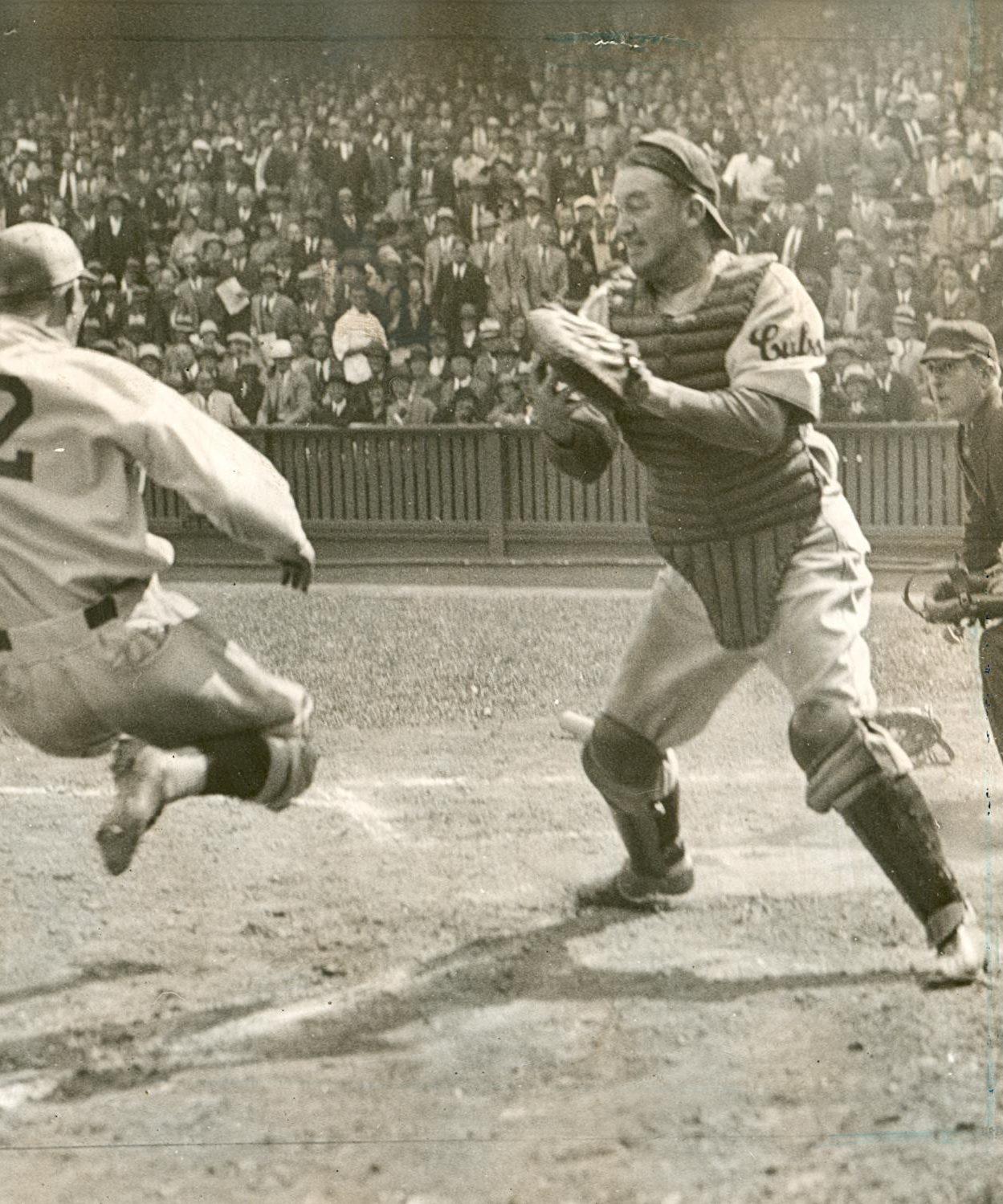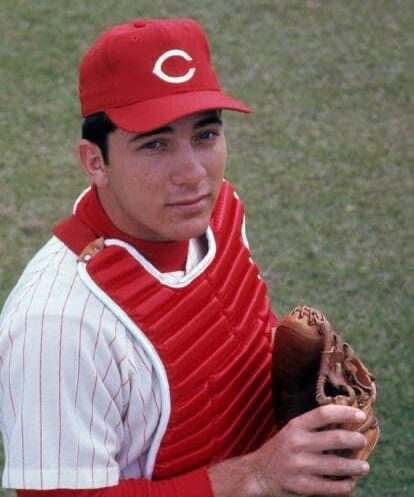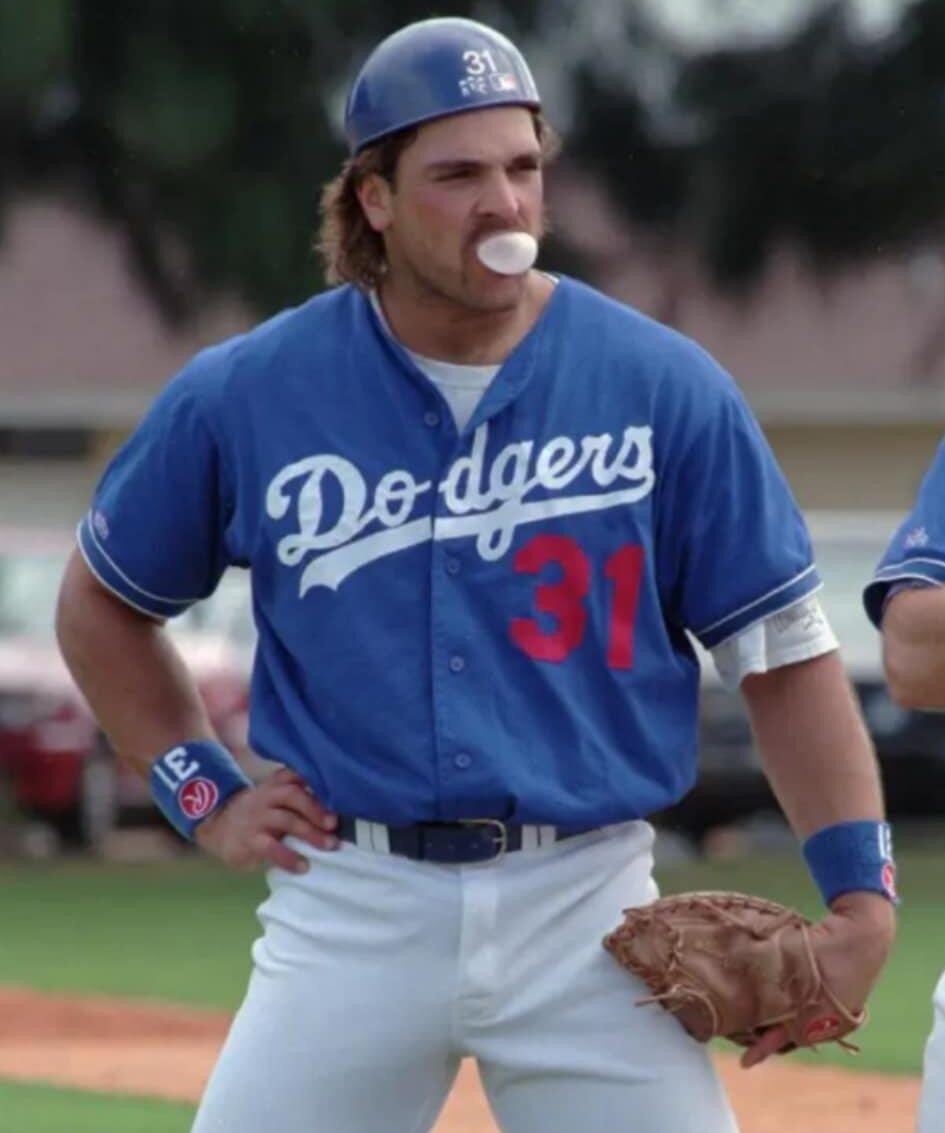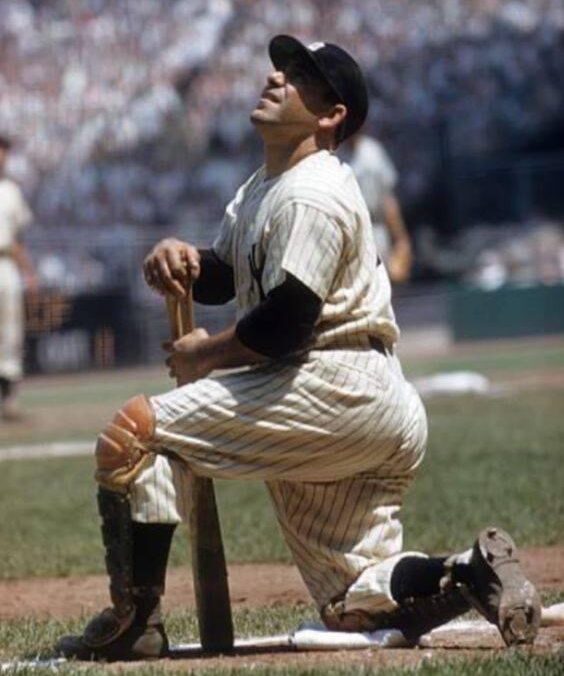Mickey Cochrane
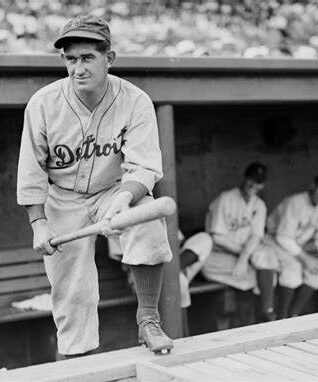
| Birthdate | 4/6/1903 |
| Death Date | 6/28/1962 |
| Debut Year | 1925 |
| Year of Induction | 1947 |
| Teams | Athletics, Tigers |
| Position | Catcher |
Mickey Cochrane won American League Most Valuable Player Awards with two different teams & finished with a .320 lifetime average.
Leave a commentIn the collection:
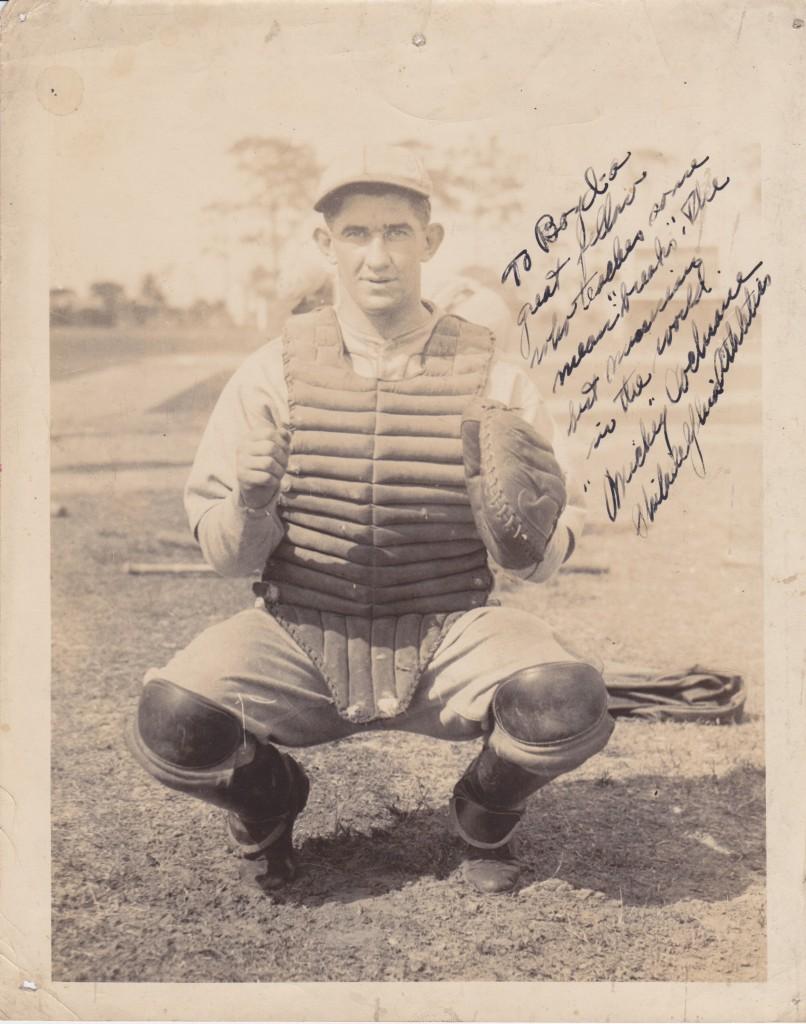
Career .320 hitter Mickey Cochrane earned the MVP with both the Athletics and the Tigers
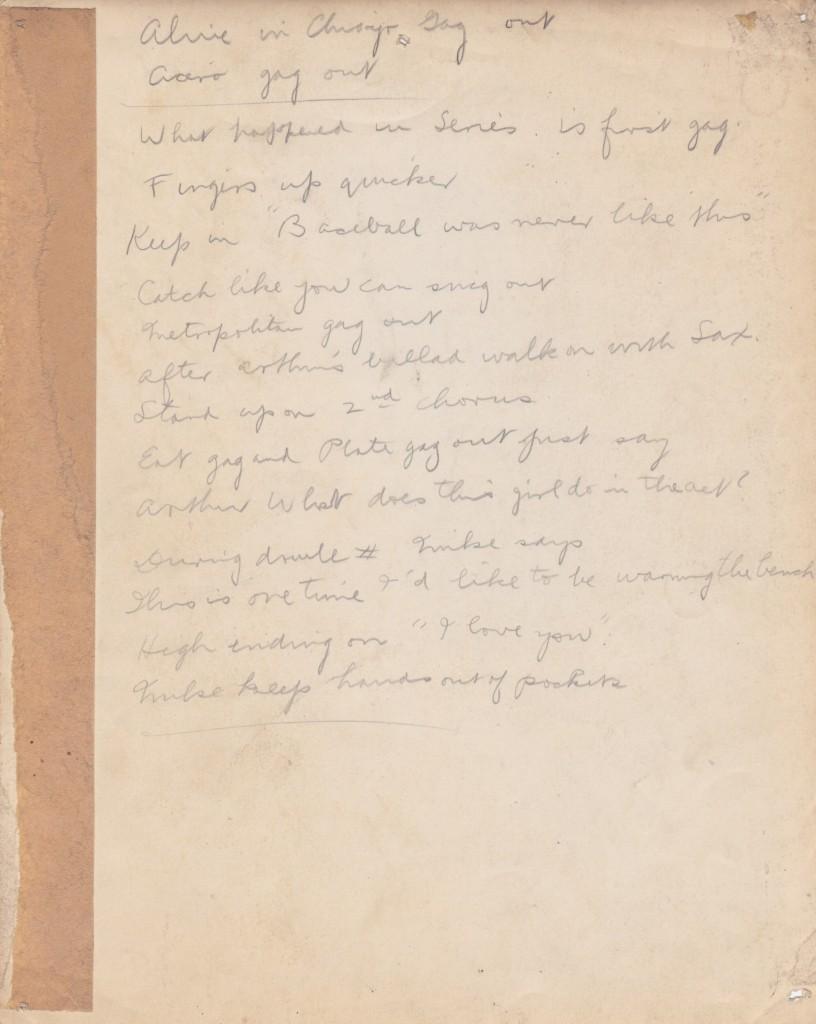
Catcher Cochrane owns the highest career batting average an on-base percentage at his position
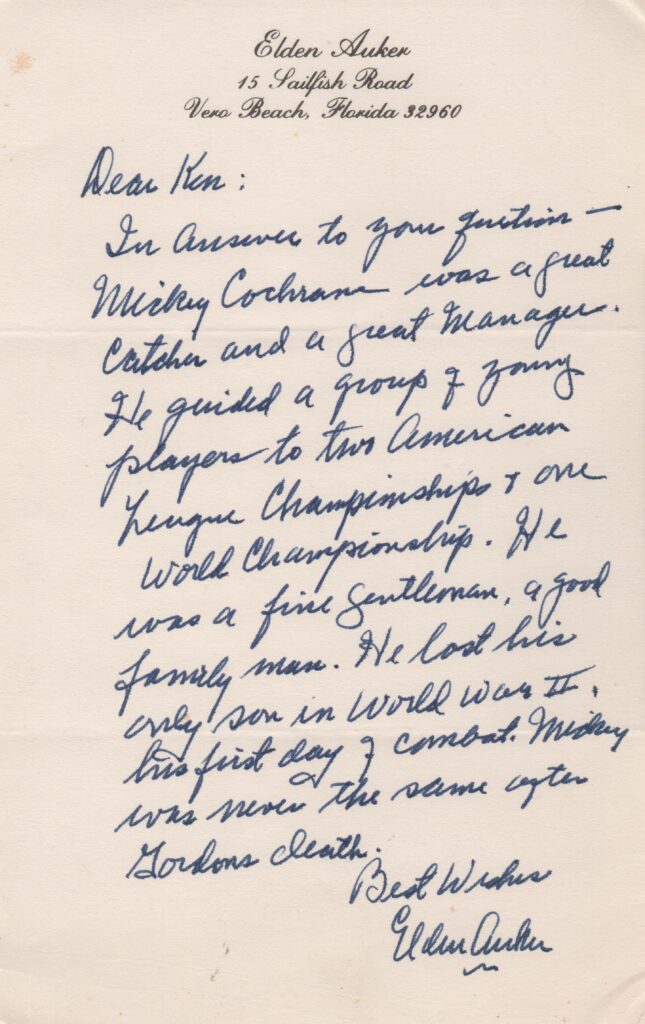
As player/manager, Cochrane led Detroit to two pennants and the 1935 World Series title

